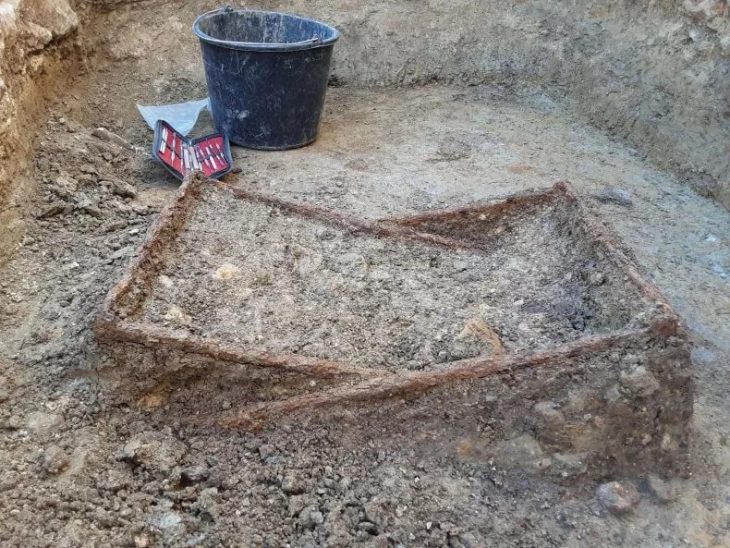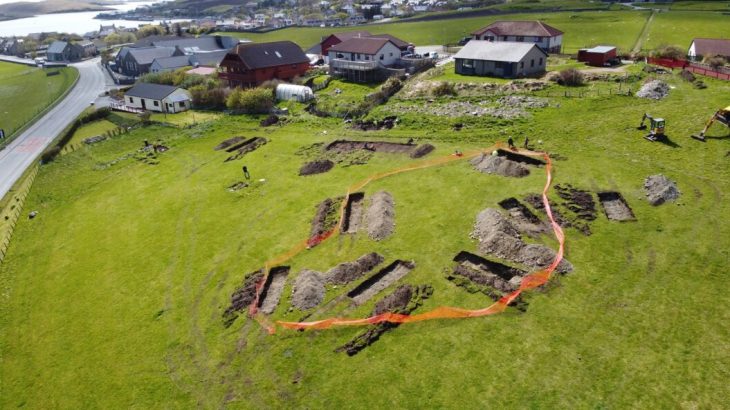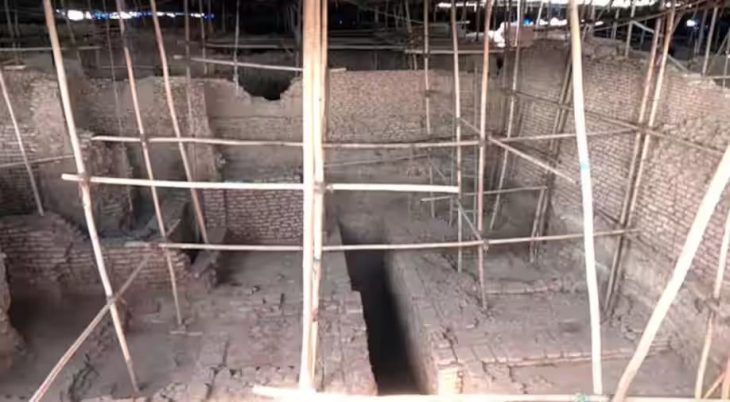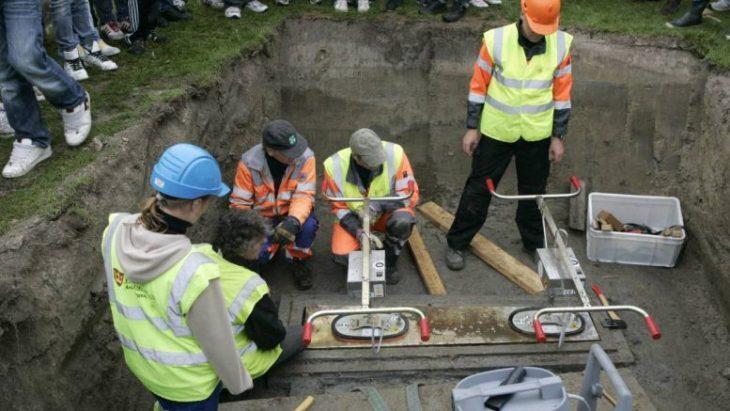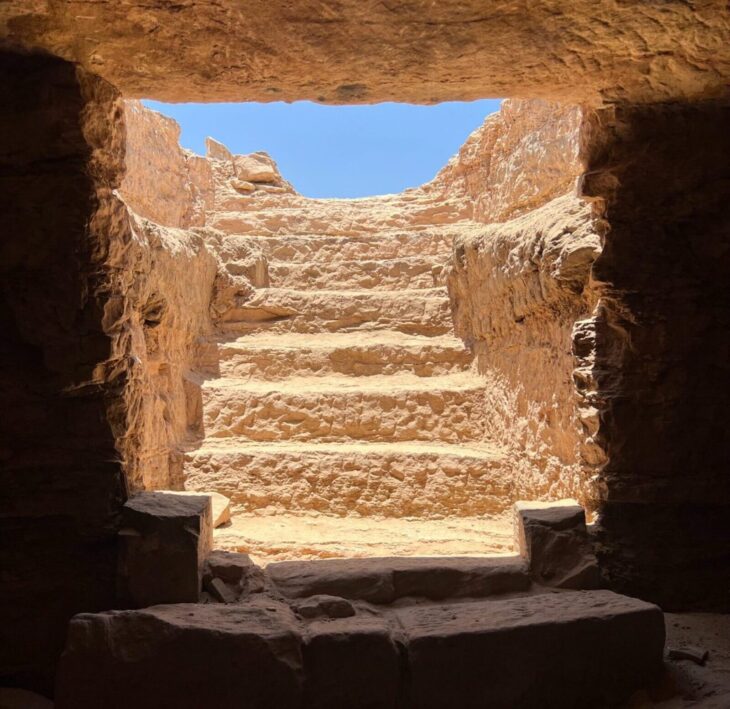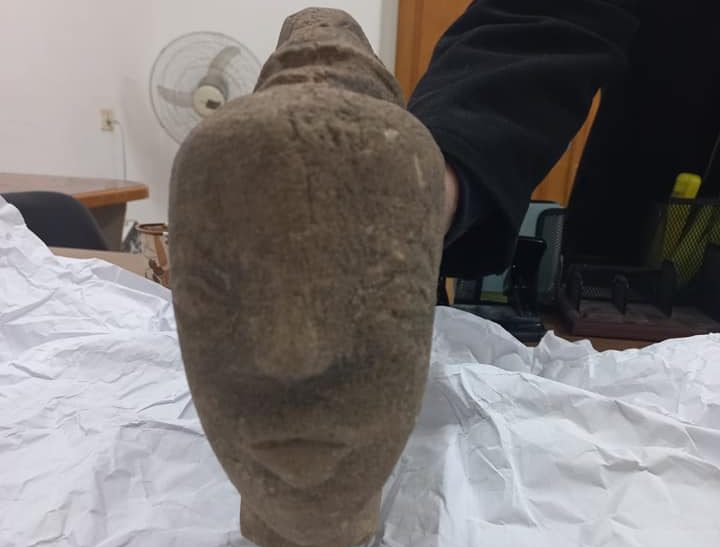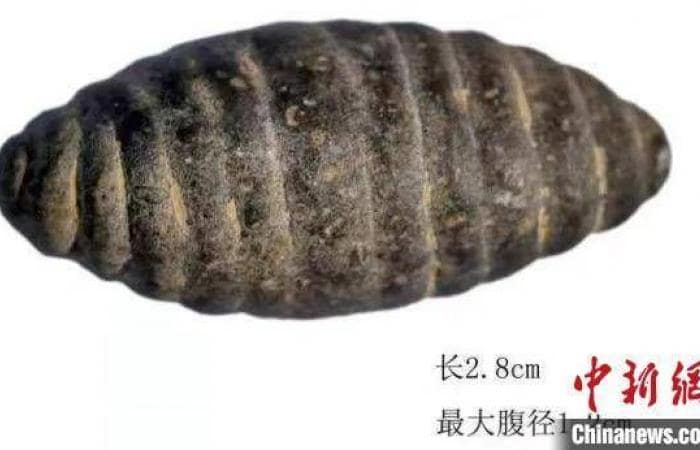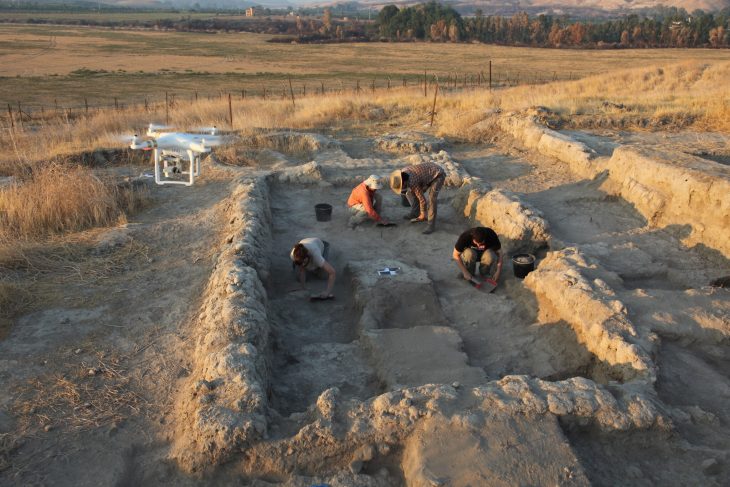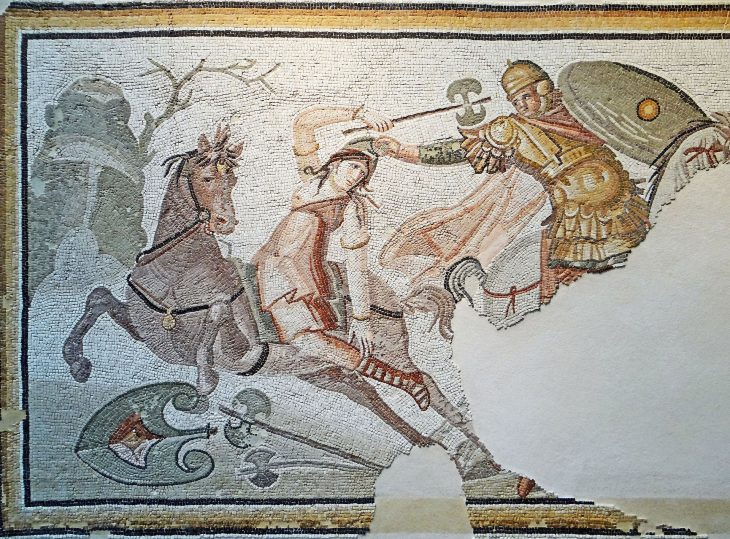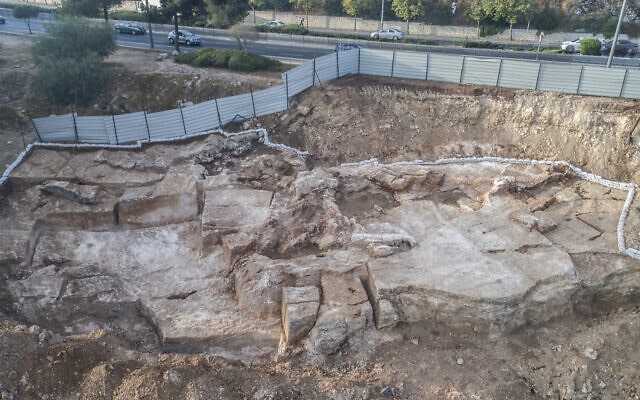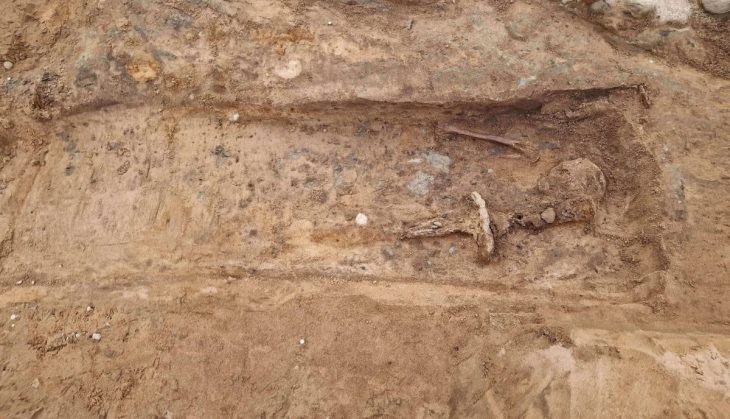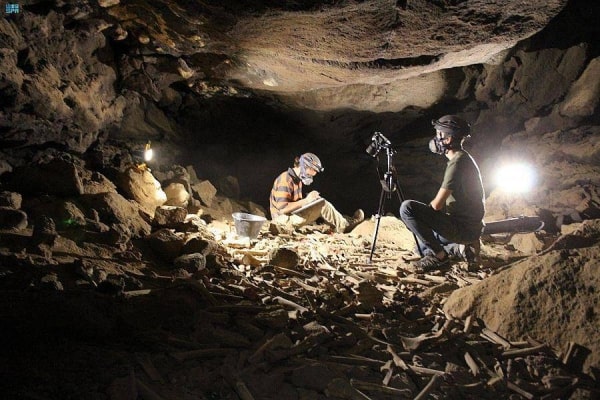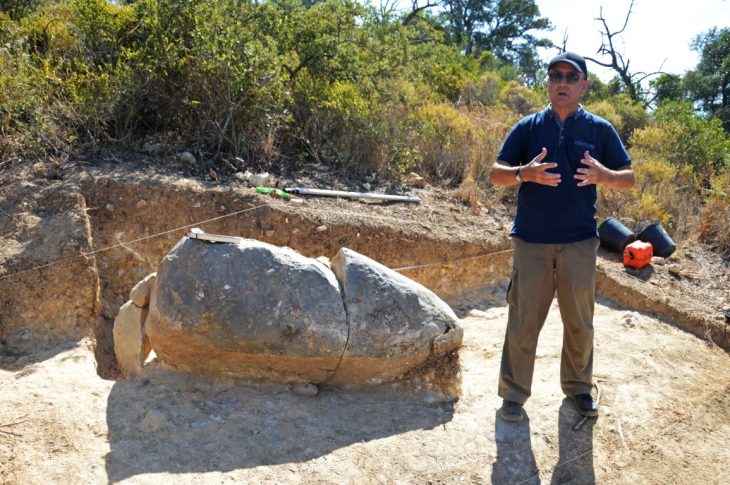The infamous birthday banquet of Herod Antipas, which culminated in the beheading of St John the Baptist — a preacher who foretold the coming of Jesus — was sentenced to death around A.D. 29, took place in the royal city of Machaerus, east of the Dead Sea in what is now the country of Jordan.
The site of Herod’s palace was conclusively identified in 1968, when a German scholar uncovered the ruins of the siege wall constructed by the Roman soldiers, after being lost for more than a thousand years after it was demolished by the Romans at the conclusion of the First Jewish Revolt in 71/72 A.D.
Dr. Gyz Vörös, a Hungarian architect and archaeologist, has directed the excavation and restoration operations at Machaerus for more than a decade, after winning a contract from Jordan’s Royal Department of Antiquities.
Dr. Vörös was in Rome to receive the Pontifical Academies’ coveted Gold Medal of the Pontificate in honor of his excellent work on Machaerus, which has been published in three volumes.
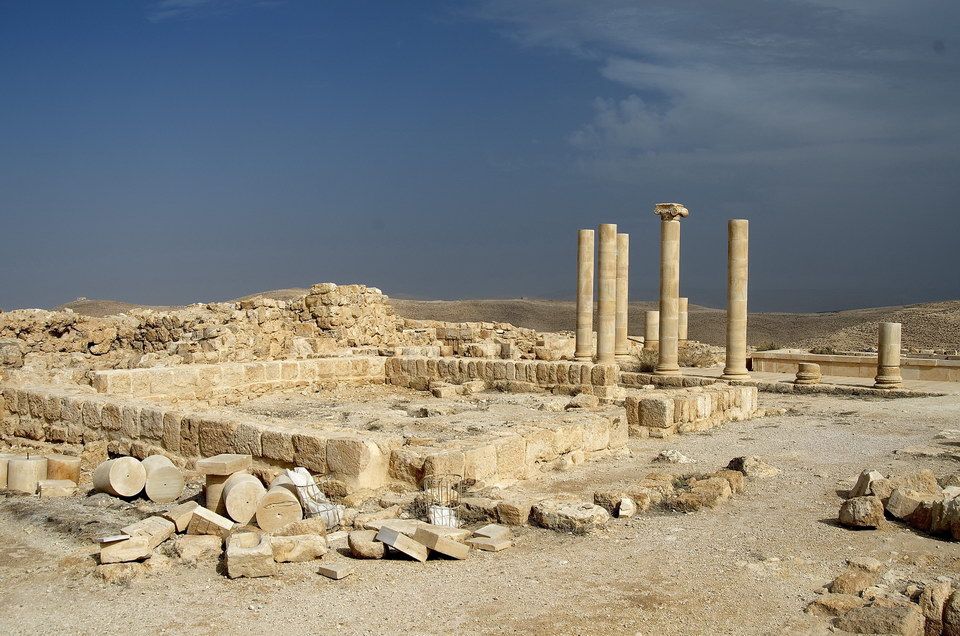
After receiving the Dr. Győző Vörös award, he attended an interview with Christopher Wells of Vatican Radio.
“They contacted me in 2009 as an answer to the wish of his Holiness, the Pope emeritus Benedict XVI, as during his papal visit to Jordan, he expressed his interest concerning Machaerus, or Macheronte in Italian; the most important Gospel scene in Jordan,” said Dr. Vörös, in an interview with Vatican News.
“They wanted to have it seriously excavated and also discover the opportunities for monument presentation [and] the conservation of the ruins.”
Time capsule
The Bible and the ancient writer Flavius Josephus (A.D. 37-100) both describe how King Herod Antipas, a son of King Herod, had John the Baptist executed. Josephus specified that the execution took place at Machaerus, a fort near the Dead Sea in modern-day Jordan. The location of John’s execution was confirmed some 250 years later by the Christian writer Eusebius of Pamphilia.
Herod Antipas feared the growing influence of John the Baptist among the population and so he executed him Josephus wrote. The Bible, on the other hand, tells a far more elaborate tale, claiming that Herod Antipas had John the Baptist executed in exchange for a dance.
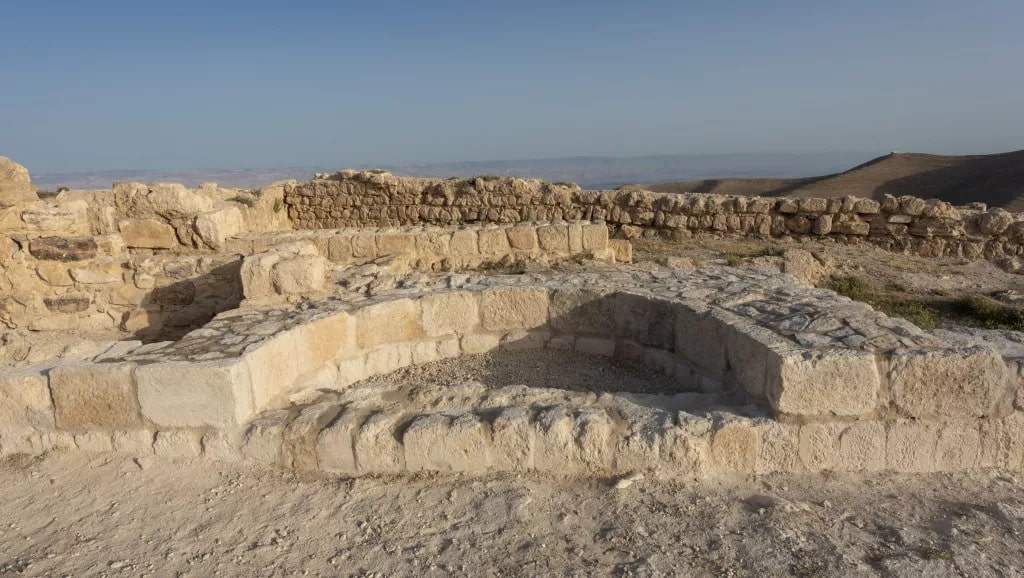
“In addition to the uniqueness of its historical value, there are two unique characteristics” of Machaerus, said Dr Vörös. The first “is that it is an archaeological site [that has] remained as a time capsule… it’s unbelievable. It’s a miracle that you have a Gospel scene that has survived as an archaeological time capsule.”
The site is also unique in that it affords historians – but also visitors – the opportunity to gain a truly accurate picture of a Gospel event.
Dr. Vörös and his team have been able to present a reconstruction of Herod’s palace, the very place where the daughter of Herodias danced for Herod Antipas and his guests and was promised the head of John the Baptist.
“These are Bible illustrations of reality, and this is the heart of the [archaeological] mission” at Marchaeus, said Dr Vörös. He said, adding that archaeological research is able to provide “the framework and the real context for the Gospels in the Holy Land.”
Noting that we will soon mark the 2,000th anniversary of the martyrdom of St John the Baptist (who died in 28 or 29 A.D.), Dr. Vörös said he hopes the archaeological site of Machaerus will be ready to be presented “in a very clear way, a very authentic way, which is most important” – and that he hopes, with the Jordanian authorities, that Machaerus “will be once again on the map of the Holy Land when the next Pope of Rome will visit this sacred archaeological site.”


